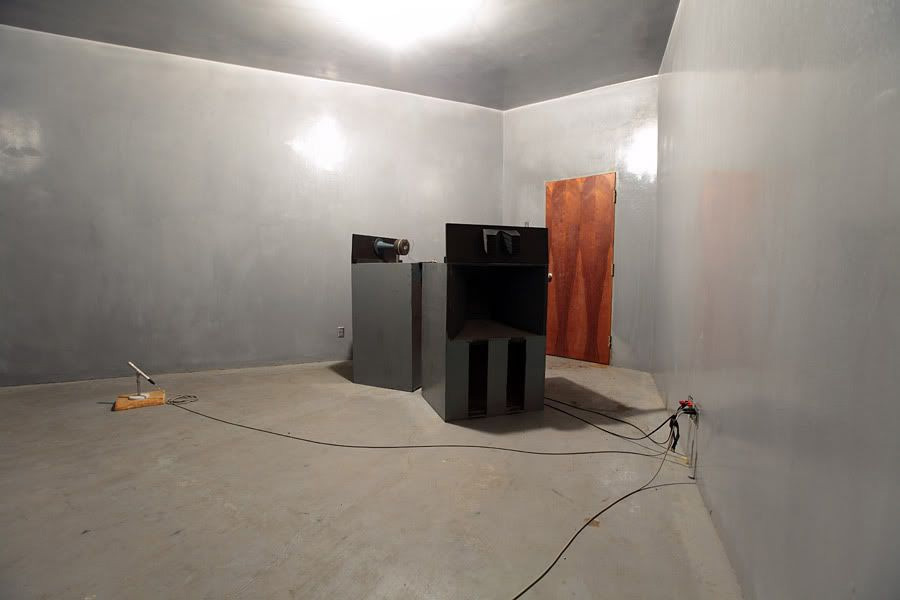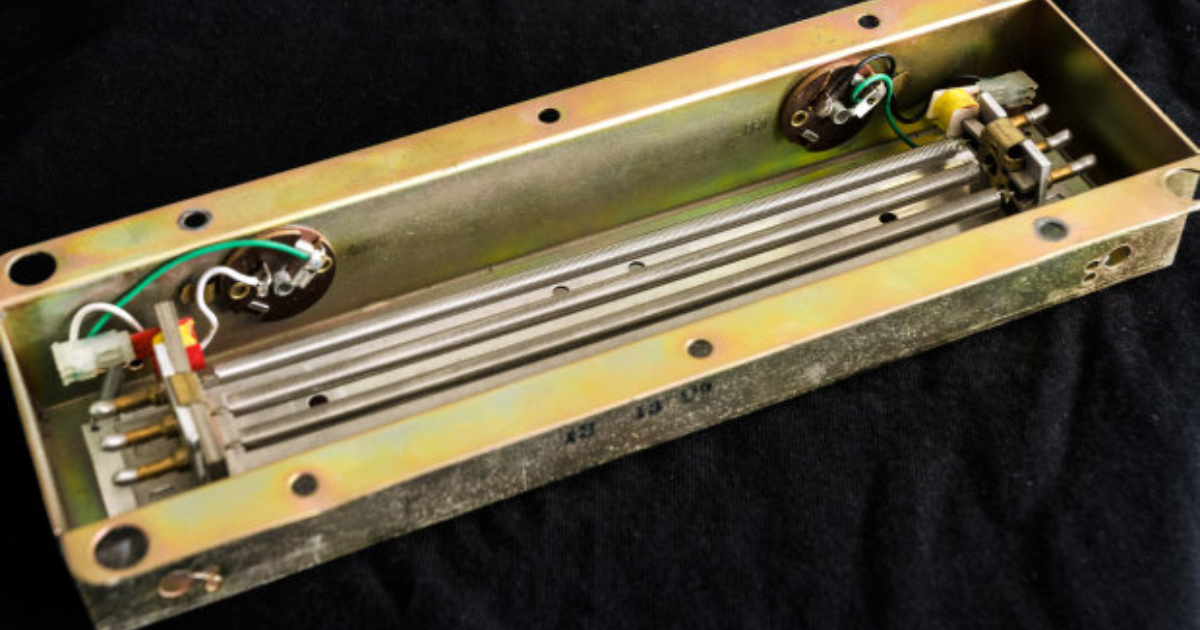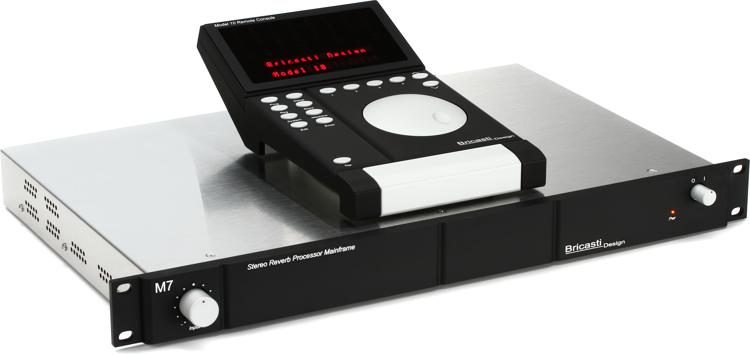Understanding the Basics of a Fundamental Audio Effect
Understanding Reverb
Hey there, music enthusiasts! Have you ever wondered why your favorite songs sound so rich, spacious, and immersive? One of the key elements responsible for that magical quality is reverb. In this beginner-friendly guide, we're going to demystify reverb and break down its basic concepts. So, whether you're a musician, producer, or just a curious listener, let's dive into the wonderful world of reverb!
What is Reverb?
Reverb, short for reverberation, refers to the persistence of sound reflections in a given space. When a sound is produced in an acoustic environment, it travels and bounces off various surfaces, creating a series of reflections. These reflections blend together to form a complex sonic texture, which we perceive as reverb.
Basic types of Reverb:

1. Room Reverb: This type of reverb simulates the sound reflections you would hear in different types of rooms, such as a small studio, a concert hall, or a cathedral. Room reverbs often have a relatively short decay time and provide a sense of intimacy or spaciousness, depending on the size of the simulated space.

2. Plate Reverb: Plate reverbs emulate the sound produced by a large metal plate vibrating in response to an audio signal. They have a distinct character characterized by a smooth and dense reverb tail. Plate reverbs were widely used in the past and are still favored for their warm and lush sound.

3. Hall Reverb: Hall reverbs simulate the acoustic characteristics of concert halls, opera houses, or similar large venues. They offer a longer decay time, creating a sense of grandeur, depth, and natural spaciousness.

4. Spring Reverb: Spring reverbs were popularized in guitar amplifiers. They use coiled metal springs to generate and reflect sound. Spring reverbs have a distinct twangy and "boingy" character, which adds a unique vintage flavor to guitar tones.
Parameters and Controls:
Reverb plugins or hardware units typically offer various parameters to shape the reverb effect. Here are the most common controls you'll encounter:

1. Decay Time: Controls how long it takes for the reverb tail to fade away. Increasing the decay time makes the reverb last longer.
2. Pre-Delay: Sets a small delay before the reverb effect starts, creating a gap between the dry sound and the onset of reverb.
3. Diffusion: Determines how quickly the initial reflections disperse and blend into the reverb tail. Higher diffusion values create a smoother and denser reverb texture.
4. Wet/Dry Mix: Adjusts the balance between the original (dry) sound and the reverb (wet) effect. Increasing the wet level adds more reverb to the signal.
Applications of Reverb:
1. Enhancing Depth and Space: Reverb can give your mix a sense of depth and create the illusion of different sonic layers within a virtual space.
2. Adding Realism: Applying reverb to individual tracks or instruments can help simulate the natural environment in which they would be played, making the mix more cohesive and realistic.
3. Creating Atmosphere: Reverb is often used to evoke specific moods or to add a sense of ambiance and atmosphere to a recording.
4. Instrument Placement: By adjusting the amount and type of reverb applied to different instruments, you can create a sense of distance and placement in the stereo field.
Reverb is an essential audio effect that adds depth, spaciousness, and realism to our favorite music. Understanding the basics of reverb, including the different types, parameters, and its applications, allows us to harness its power creatively and enhance our musical productions.
Some of gear to check out.
Lexicon 480L: The Lexicon 480L is a legendary digital reverb unit that has been widely used in professional studios since its introduction in the 1980s. Known for its pristine sound quality and versatile algorithms, the Lexicon 480L offers a wide range of reverb options and has left an indelible mark on countless classic recordings.

Eventide H8000FW: The Eventide H8000FW is a powerful multi-effects processor that includes top-notch reverb algorithms. Renowned for its flexibility and sonic quality, the H8000FW offers a vast array of customizable reverbs, making it a popular choice for professionals in the audio industry.

TC Electronic System 6000: The TC Electronic System 6000 is a high-end digital signal processor that features exceptional reverb algorithms. It offers an extensive range of reverb options, including studio-grade reverbs, halls, plates, and more. The System 6000 is highly regarded for its pristine sound quality and precise control over reverberation parameters.

Bricasti Design M7: The Bricasti Design M7 is a boutique hardware reverb unit renowned for its superb sound quality and realistic reverb algorithms. It emulates the characteristics of various acoustic spaces, from small rooms to large concert halls, with stunning accuracy. The M7 has gained a loyal following among recording engineers and audio enthusiasts.

Universal Audio UAD RealVerb Pro: Universal Audio's UAD platform offers the RealVerb Pro, a software plugin that provides a versatile and highly customizable reverb effect. With a comprehensive selection of parameters and intuitive controls, the RealVerb Pro delivers exceptional sound quality and a wide range of reverberation possibilities.

Valhalla DSP VintageVerb: Valhalla DSP VintageVerb is a popular software reverb plugin known for its affordable price and excellent sound quality. It offers vintage-style reverbs inspired by classic hardware units, with customizable parameters that allow users to recreate various atmospheric and nostalgic sounds.

These reverb units have gained recognition and popularity due to their exceptional sound quality, versatility, and their contributions to countless successful recordings. Whether hardware or software, each unit brings its own unique character and sonic capabilities to the table, giving musicians and producers a vast palette of reverberation possibilities to explore.
Cheers,
AD.

Comments
Post a Comment